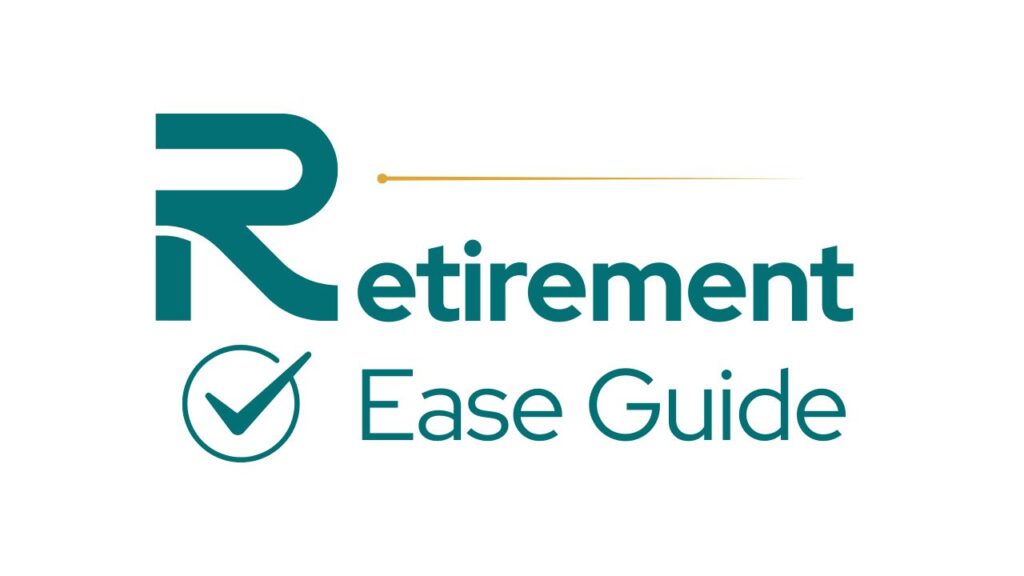Healthcare in Retirement
“Invest Wisely, Live Comfortably — Build the Foundation for a Stress-Free Retirement.”
Healthcare in Retirement: Plan Smart, Stay Healthy, and Protect Your Savings
Learn how to plan for healthcare in retirement — from Medicare to long-term care. Discover strategies to manage costs, estimate expenses, and protect your retirement savings.
Why Healthcare Planning Is Essential for a Secure Retirement?
Retirement is about freedom, comfort, and peace of mind — but none of that feels complete without good health.
Healthcare often becomes one of the biggest and least predictable expenses retirees face. Without proper planning, unexpected medical costs can quickly erode your savings.
According to Fidelity’s 2025 estimates, the average 65-year-old couple retiring this year will spend about $350,000 on healthcare during retirement — and that doesn’t include long-term care.

💡 Planning early means more choices, fewer surprises, and stronger financial security.
Rising Healthcare Costs for Retirees
Healthcare inflation has historically grown 2–3 times faster than general inflation.
Prescription drug costs, private insurance premiums, and out-of-pocket expenses continue to rise.
Category | Average Annual Cost (2025) | Trend |
Medicare Premiums | $2,500–$3,000 | ↑ Rising |
Medigap / Advantage Plans | $1,500–$2,200 | ↑ Moderate |
Prescription Drugs | $1,200+ | ↑ High |
Out-of-Pocket Costs | $4,000+ | ↑ Rising steadily |
Common Misconceptions About Medicare
- ❌ “Medicare covers everything.”
→ Reality: It doesn’t cover dental, vision, hearing, or most long-term care. - ❌ “Medicare is free.”
→ Reality: You’ll pay premiums, copays, and deductibles. - ❌ “I can enroll anytime.”
→ Reality: Missing enrollment deadlines can trigger lifetime penalties.
⚠️ Understanding your Medicare options early is key to avoiding costly gaps.
Step 1: Estimate Your Future Healthcare Expenses
Average Lifetime Costs
Most retirees should plan for:
- $300,000–$400,000 per couple (age 65+), or
- $150,000–$200,000 per individual over their lifetime.
These figures include Medicare premiums, supplemental insurance, and out-of-pocket costs — but not long-term care.
Factors That Affect Your Costs
- Age: The older you are, the higher your premiums.
- Location: Some states offer better pricing and coverage options.
- Health Status: Chronic conditions increase out-of-pocket spending.
- Lifestyle: Exercise, diet, and stress levels influence medical needs.
Use Our Healthcare Expense Estimator
Estimate your annual and lifetime healthcare costs with our Healthcare Expense Estimator — tailored by:
- Age and gender
- State of residence
- Coverage type (Original Medicare or Advantage)
🧮 Try it free on RetirementEaseGuide and get a personalized healthcare cost summary.
Step 2: Understand Medicare and Supplemental Options
Medicare is the foundation of most retirees’ healthcare coverage — but understanding its structure is essential.
Medicare Parts A, B, C & D Simplified
Part | Covers | Cost (2025 est.) |
Part A | Hospital care | Usually free if you paid into Social Security |
Part B | Doctor visits, outpatient care | ~$175/month |
Part C (Advantage) | All-in-one alternative (includes A, B, and often D) | Varies by plan |
Part D | Prescription drugs | $20–$60/month |
Medigap vs. Medicare Advantage
Option | Benefits | Best For |
Medigap (Supplemental) | Covers copays, coinsurance, deductibles | Frequent travelers, those who want flexibility |
Medicare Advantage | Bundled plans, often includes dental & vision | Those seeking convenience and local networks |
Prescription Drug Coverage (Part D)
Prescription drug costs can significantly impact your budget.
Compare plans annually — prices and coverage change every year.
💡 Tip: Use Medicare’s “Plan Finder” or a trusted advisor to compare costs in your ZIP code.
Step 3: Plan for Long-Term Care
Medicare is the foundation of most retirees’ healthcare coverage — but understanding its structure is essential.
Why It’s Often Overlooked?
Traditional Medicare does not cover long-term custodial care, such as assistance with dressing, bathing, or eating.
- Average assisted living cost: $60,000+/year
- Nursing home private room: $110,000/year
Without planning, these expenses can quickly drain savings.
Alternatives for Family or Home Care
- Family caregiving networks
- Home modifications (walk-in showers, ramps)
- Community support programs
🩺 Explore our Healthcare Planning Guide for step-by-step instructions.
Step 4: Manage Out-of-Pocket and Hidden Costs
Budgeting and HSA Planning
If you have a Health Savings Account (HSA), it can be a powerful tool:
- Contributions are tax-deductible
- Growth is tax-free
- Withdrawals for medical expenses are tax-free
Even after retirement, HSAs can pay for premiums, prescriptions, and care costs.
Preventive Care and Healthy Living
Investing in wellness now can significantly lower costs later.
- Schedule annual checkups and screenings
- Stay active with walking, yoga, or swimming
- Eat balanced meals and manage stress
- A healthy lifestyle is the best long-term cost reducer.
Review and Adjust Annually
Healthcare needs evolve — review your:
Insurance coverage
Prescription plan
Budget and emergency fund
💡 Use RetirementEaseGuide’s Retirement Income Estimator to model how healthcare fits your budget.
Step 5: Consider Where You Live
Your state of residence can make a big difference in what you pay — and how easily you can access quality care.
States with Affordable Healthcare
- Florida: Competitive Advantage & Medigap options
- North Carolina: Strong network of senior healthcare systems
- Texas & Arizona: Lower average medical and insurance costs
Access to Quality Care
Look for states with:
- High hospital quality ratings
- Multiple Medicare Advantage options
- Senior-friendly healthcare infrastructure
🌎 See our Best Retirement States Guide to compare living and healthcare costs side-by-side.
Step 6: Build a Healthcare Safety Net
Create a Dedicated Medical Fund
Set aside a medical reserve account — ideally 10–15% of your retirement assets — to cover unexpected healthcare needs.
Work with Trusted Advisors
Partnering with healthcare or financial professionals helps you:
- Understand plan options
- Avoid penalties
- Optimize taxes and savings
Frequently Asked Question
How much should I budget for healthcare in retirement?
Plan for $300,000–$400,000 per couple, including premiums and out-of-pocket costs.
Does Medicare cover long-term care?
No — it covers short-term rehabilitation but not custodial or assisted living care.
What is the best age to buy long-term care insurance?
Between 50 and 60, when premiums are lower and health qualifications are easier.
Can I use my HSA after retirement?
Yes — funds can be withdrawn tax-free for qualified medical expenses at any age.
What’s the difference between Medigap and Medicare Advantage?
Medigap supplements Original Medicare costs; Advantage replaces it with bundled private coverage.
How can I protect my retirement savings from medical costs?
Plan early, maintain supplemental insurance, and keep a dedicated medical fund.
Conclusion: Plan Today, Live Healthier Tomorrow
Healthcare in retirement isn’t just a financial issue — it’s a quality-of-life issue.
By planning ahead, you can ensure access to excellent care while protecting your savings and independence.
Start your plan today:
Try our Healthcare Expense Estimator or request a Personalized Healthcare Cost Review to get your state-specific projection and live healthier, stress-free in retirement.
Disclaimer: © RetirementEaseGuide – This content is for informational purposes only and not intended as medical or financial advice.

